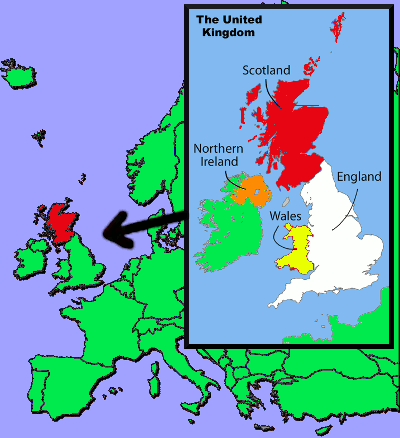
Circle the area on this map

B. With a population of about 635,000 people, Glasgow is Scotland’s most populous city and its largest seaport. Edinburgh is the capital of Scotland and its second most populous city with about 518,000 people.
A. China generates about 30% of the world’s greenhouse gasses, followed by the United States with about 13%, the European Union and United Kingdom with about 9% and India with about 7%. China’s President Xi Jinping is not going to Glasgow for the climate summit.
B. Europe emitted 33% of the world’s carbon dioxide between 1751 and 2017. Asia and North America each emitted 29%, while South America and Africa each accounted for 3% of the global emissions. Many developing nations – including China – have said richer countries in Europe and North America should bear more of the burden for reducing climate change because of their historic emissions.
B. Alaska’s mean temperature from 1901 to 2000 and was 26 degrees Fahrenheit and 28.47 degrees between 2001 and 2020 – an increase of 2.47 degrees or 9.5%. The mean temperature rose 2.55 degrees in New Jersey, just a bit more than Alaska, but it was only a 4.96% increase. Climate change has caused temperatures to rise more in the Arctic than any other region of the world.